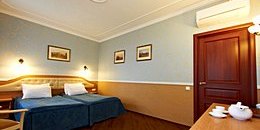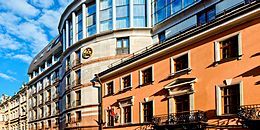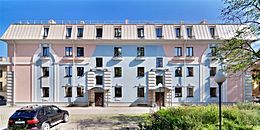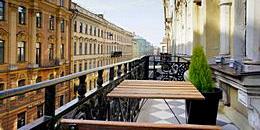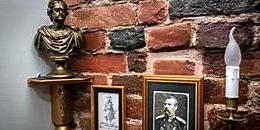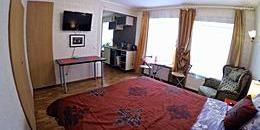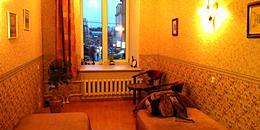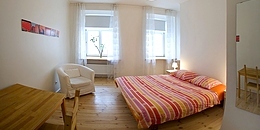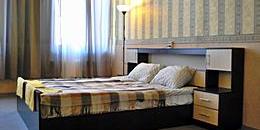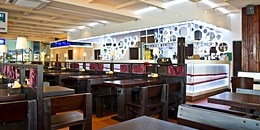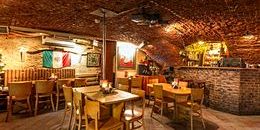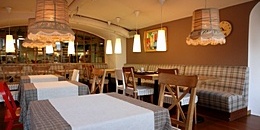Sennaya Ploshchad (Hay Square)
Sennaya Ploshchad has always been regarded as the "main market of St. Petersburg" since its inception in 1737. Starting out as a trading center for hay, straw, and wood, the square rapidly grew. By the 1740's, houses and shops began to fill the surrounding areas. In 1753, the Church of the Assumption of the Blessed Virgin was built at the northern end of Sennaya Ploshchad, and it dominated the surrounding cityscape for over 200 years.
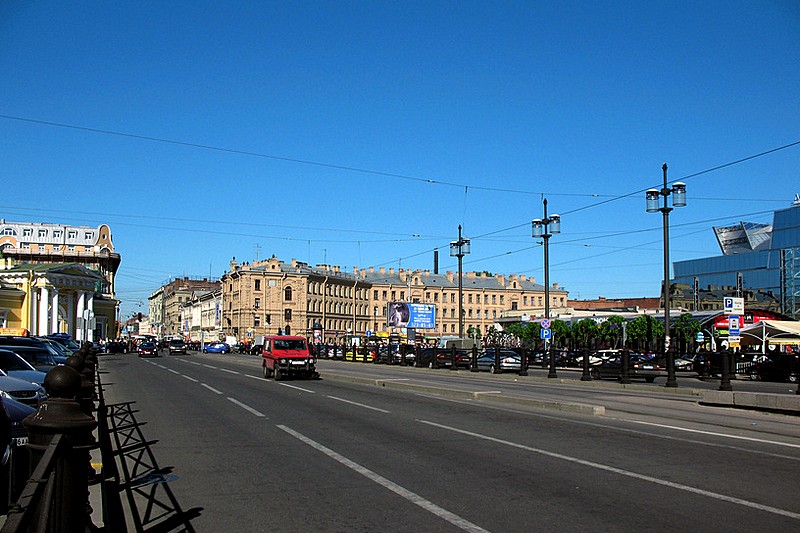
The five-domed, baroque church was regarded as one of the finest in the northern capital. Able to accommodate up to 5000 people, it was one of the great temples of Petersburg. In 1961, the Assumption Church was demolished by the Soviet Government, an act which many people saw as blatant barbarism, to make way for the construction of Sennaya Ploshchad Metro Station. The western portal of the church was exactly mirrored by the nearby Guardhouse of Sennaya Market, built in 1820 by Vikenty Beretta for policing the market. This one-story building with a portico is one of the oldest surviving buildings in the square.
In the 18th and early 19th century criminals were publicly flogged in the square, a fact well known due to the writings of the poet Nikolay Nekrasov. Fyodor Dostoevsky also incorporated Sennaya Ploshchad into his works. The square is the setting of pivotal moments in both Crime and Punishment and The Idiot.
In 1831 the so-called Cholera Riots broke out on Sennaya Ploshchad. As a raging cholera epidemic was tearing through Russia, rumors spread that the government and doctors had been deliberately poisoning the urban population. Thousands of people gathered on the square intending to destroy the cholera hospitals and government agencies. As armed troops with artillery closed in on the protesters, bloodshed seemed imminent. However, Emperor Nicolas I came to the square and promised protection to the demonstrators, who then dispersed.
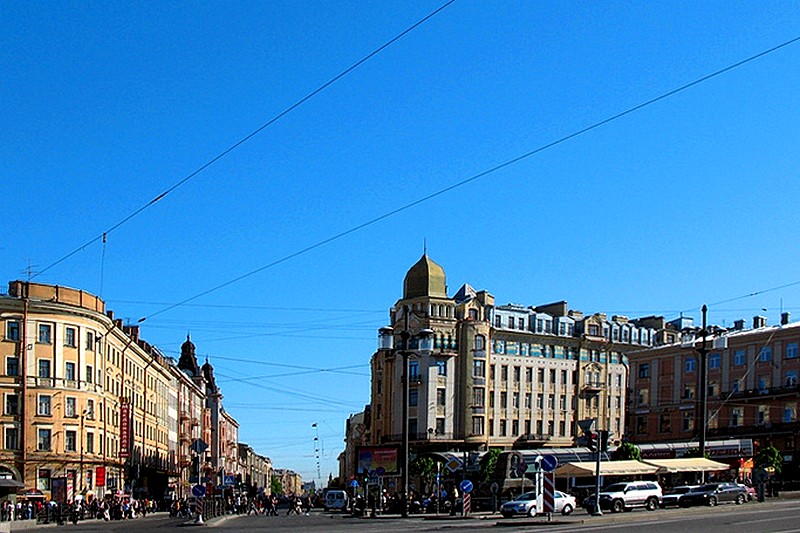
In the 1930s the area was reconstructed and the market was moved to the top of Moskovsky Prospekt. In 1952 it was renamed Peace Square. In 1991 the area regained its original name. On the 300th anniversary of St. Petersburg's founding, the area was once again reconstructed: trees were planted, a fountain was installed and the Peace Tower, an 18-meter structure with the word "peace" inscribed into it in 32 different languages, was built by French architect Jean-Michel Vilmotte. However, in 2010 the tower could not resist the strong summer heat and was dismantled.
Today there is talk of restoring the church of the Assumption of the Blessed Virgin on its historic location. Undoubtedly, this constantly changing and dynamic area of the city again and again surprises the residents and guests of St. Petersburg.
| Metro stations: | Sennaya Ploshchad / Sadovaya / Spasskaya |
|---|---|
| Directions: | All three metro stations are exited onto the square |
| What's here? | Sennaya Market Guardhouse |
| What's nearby? | Sadovaya Ulitsa, Moskovsky Prospekt, Griboedov Canal |

